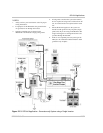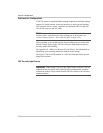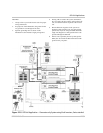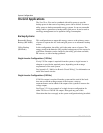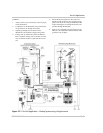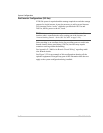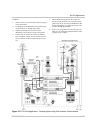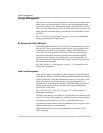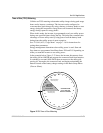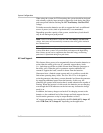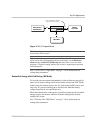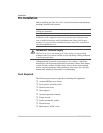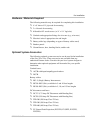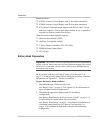
On-Grid Applications
976-0043-01-02 2–45
Time-of-Use (TOU) Metering
Utilities use TOU metering to determine utility charges during peak usage
hours and to impose a surcharge. The inverter can be configured to
overcome these peak charges by using a battery (or battery bank) to store
energy during the inexpensive energy hours and consumes the battery
energy during expensive energy hours.
When in this mode, the inverter is programmed to only use utility power
during user-specified times during the day. This helps the consumer take
advantage of lower utility rates by using power from the battery bank
during times that utility power is most expensive.
See “21 Grid (AC1) Usage Menu” on page 7–16 for instructions for
setting these parameters.
Energy management determines when utility power is used. Start and
Stop times are programmed into Menu Items 21B and 21C depending on
when you want the inverter to use utility power.
In the example below, Figure 2-23 shows the inverter disconnects from
the utility grid at 6:00 PM and supports the connected load from batteries.
It continues to run until 9:00 PM. It then reconnects to the utility grid,
passing AC through to the connected load, and begins maintaining the
batteries based on the battery charger settings in the Basic Setup Menu
(Float or Silent).
Figure 2-23
Time-of-Use Metering
00
6
1
2
3
4
5
7
8
9
10
11
12
23
22
17
16
15
14
13
GRID USAGE END
TIME 18:00 (6 PM)
OPERATING FROM
UTILITY GRID AND
BATTERY CHARGING
OPERATING
FROM INVERTER
DURING PEAK
UTILITY PERIOD
18
21
20
19
GRID USAGE BEGIN
TIME 21:00 (9 PM)



